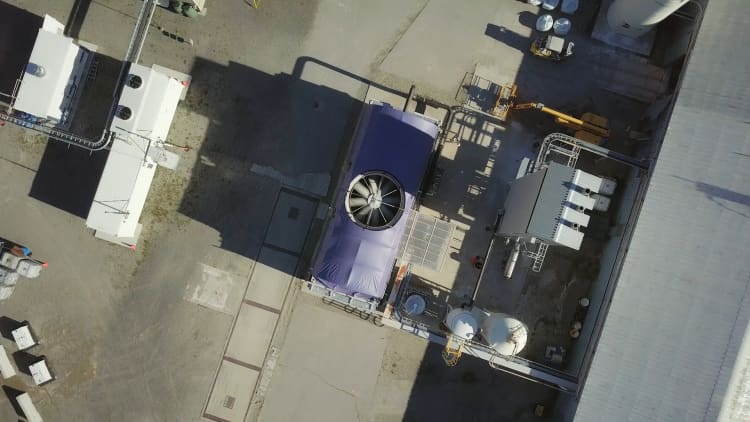The U.S. is now home to more than 100 gigawatts (GW) of wind energy capacity, a new report from the American Wind Energy Association (AWEA) said Thursday.
According to the AWEA's "U.S. Wind Industry Third Quarter 2019 Market Report", 1,927 megawatts – a little under 2 GW – of wind power capacity was commissioned in the third quarter of 2019, the highest third quarter on record for installations. These installations pushed overall capacity above the landmark figure of 100 GW, the AWEA's report said.
On a state level, Texas leads the way with more than 27 GW of cumulative capacity, according to the AWEA's report. Capacity refers to the maximum amount that installations can produce, not what they are currently generating.
"Wind now supplies clean and efficient power to the equivalent of 32 million American homes, sustains 500 U.S. factories, and delivers more than one billion dollars a year in new revenue to rural communities and states," AWEA CEO Tom Kiernan said in a statement.

While the onshore wind market in the U.S. has undergone significant development in recent years, its offshore sector is still nascent.
The country's first offshore wind farm, the five turbine, 30 MW Block Island Wind Farm off Rhode island, only commenced commercial operations in late 2016. By comparison, Europe is home to over 18,400 MW of installed offshore wind capacity, according to industry body WindEurope.
Globally, the offshore industry is set for expansion over the coming years. Last week, the International Energy Agency said that offshore wind looked set to become a $1 trillion business by 2040, with global capacity set for a 15-fold increase.
In 2018, utility-scale facilities in the U.S. produced 4,171 billion kilowatt hours of electricity, according to the U.S. Energy Information Administration, with roughly 64% of this generation coming from fossil fuels. Wind produced 273 billion kilowatt hours of electricity, or 6.5% of the total.




